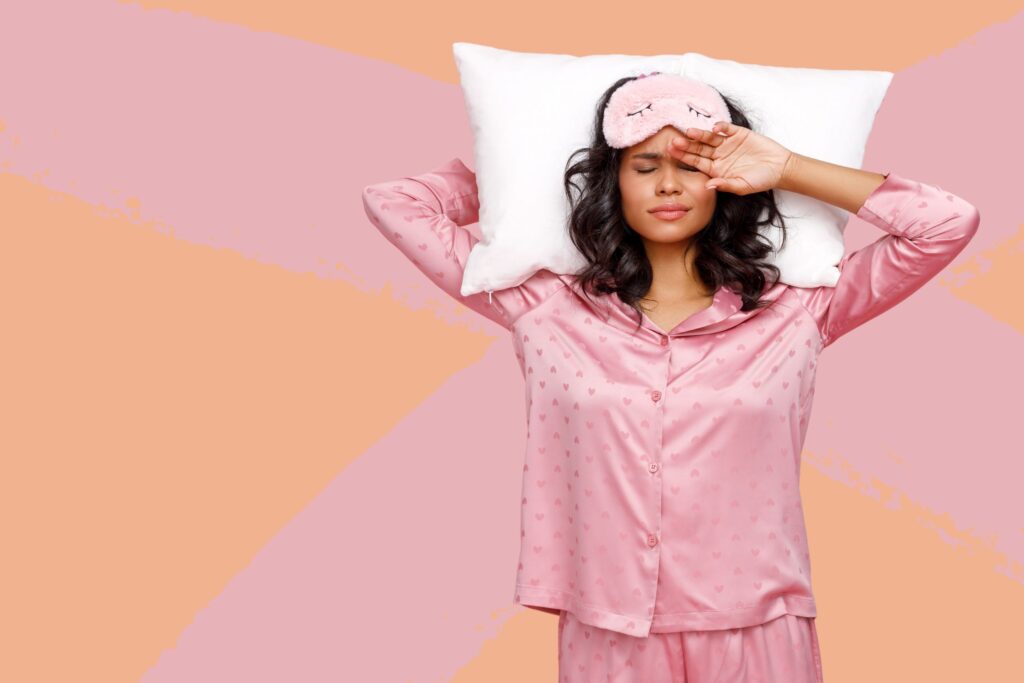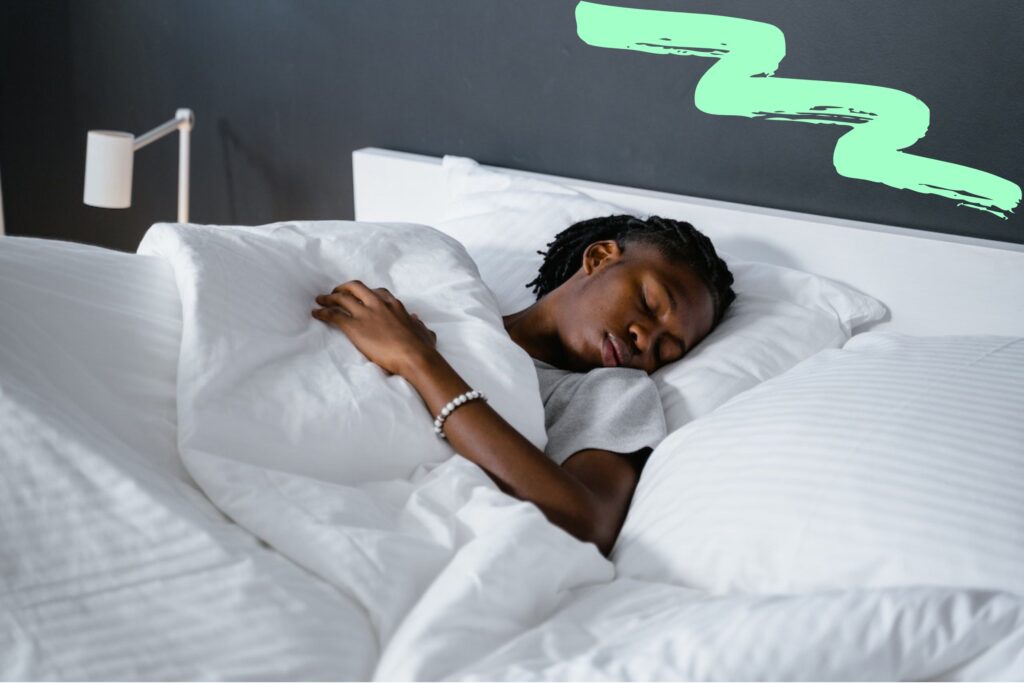Have you ever wondered why, after your eight-hour slumber, you still find yourself waking up with a sore back, feeling more like you’ve pulled an all-nighter than had a restful night’s sleep? If so, the culprit could be your mattress. Ensuring that your mattress provides sufficient back support and promotes spinal health is of paramount importance.
Spinal health is more than just avoiding back pain; it’s about enhancing the overall quality of life. Integral to this is the quality of sleep we receive, with our mattress serving as the foundation. As we lay down each night, our spine seeks relief and relaxation, free from the stresses of our upright day. And what cradles our spine during this restorative period? Our mattress.
It’s not just a bedroom accessory; it’s a foundation for spinal health. The interplay between the spine and our mattress choice is profound and influential. Together, then, let’s climb into bed and embark on night of passionate exploration of this relationship with essential sleeping tips, illuminating the importance of an informed choice in mattresses, not just for a good night’s sleep but for the holistic well-being of your backbone.
Understanding The Spine
The human spine isn’t just a stack of bones – it’s a sophisticated structure comprising vertebrae, intervertebral discs, and intricate ligaments and tendons. These elements collectively allow for movement, stability, and protection of the spinal cord.
The spine’s unique S-shaped curvature is ergonomically designed to evenly distribute mechanical stress during activities like walking, sitting, or lifting.

Sleep & Its Undeniable Connection To Spinal Health
Sleep isn’t merely ‘shutdown time’, it’s a critical period of repair, rejuvenation, and cognitive processing. Adequate, uninterrupted rest ensures muscle recovery, tissue growth, and hormone regulation.
Every sleeping position, whether on the side, back, or stomach, impacts the spine differently. These postures determine pressure points and areas of strain, which can either be mitigated or exacerbated by one’s mattress. Beyond comfort, a mattress influences sleeping posture. The right mattress can alleviate pressure, maintain alignment, and prevent morning stiffness or pain.
Choosing The Right Mattress: Firm Or Soft?
One of the most common misconceptions is the notion that a hard mattress is the best option for back issues. The fact is, it’s not about getting the hardest or the softest mattress – it’s about finding the right balance.
You need a mattress that supports your body in a neutral position, one where your buttocks, head, and shoulders are all aligned and your spine has a nice natural curvature. Too firm mattresses can put pressure on your joints, whilst those too soft can fail to provide the support needed, causing your body to sink. To have a mattress that supports your back, you need all of this in alignment.

The Anatomy Of Mattresses & Their Impact On Spinal Health
Materials matter – memory foam, popular for its body-contouring properties, can reduce pressure points. Innerspring, with its bouncy nature, offers edge support and cooling benefits. Latex, a naturally derived material, combines resilience with contouring.
Every individual has unique needs, and firmness preferences can vary based on weight, body shape, and sleep position. When choosing a mattress material perfect for you, consider what your needs are and how each specific material could contribute to a better night’s sleep.
A quality mattress upholds the spine’s natural curvature. The lumbar region, often a pain centre, demands specific attention. A mattress should cater to this area, offering optimal support to prevent misalignment. Overly soft mattresses can cause the spine to sag, while extremely firm ones might not follow the spine’s natural curve.
Like any product, mattresses have a lifespan. With prolonged use, even premium mattresses can sag, lose support, or become uneven. Recognising these signs and knowing when to upgrade is vital for spinal health.

The Art & Science Of Assessing Sleep Positions
Understanding your preferred sleep position is paramount. For side sleepers, this position demands contouring, especially around the shoulders and hips. The goal is spinal alignment from the neck to the base of the spine. For back sleepers, support for the lower back is essential here. The mattress should adapt to the spine’s curve, filling gaps for complete support. Stomach sleepers, on the other hand, can strain the neck and lower back. A firmer mattress can prevent excessive arching and promote neutral alignment.
A Matter Of Individual Preference
What works for one person might not work for another. It’s crucial to test several mattresses for personal comfort before making a purchase. Some stores offer a ‘sleep trial’ allowing you to test the mattress for a certain period. Take advantage of these trials to find the mattress that suits your sleep style and comfort needs.

Chronic Back Pain: Navigating The Mattress Maze
Those with chronic back issues often require specialised solutions. Mattresses that offer zoned support, targeting specific pressure points, can be beneficial. However, personal comfort should always be prioritised, often following consultation with healthcare professionals.
Enhancing Spinal Support: Beyond Just Mattresses
Pillows can complement mattresses in supporting spinal health. They maintain the cervical spine’s alignment, ensuring the neck is neither too elevated nor too depressed. For those not ready for a new mattress but seeking enhanced comfort, toppers can be a viable interim solution. They can add plushness, firmness, or targeted support based on needs.
For conditions like sleep apnea, acid reflux, or chronic back pain, adjustable beds can be transformative. By altering elevation, these beds can relieve pressure, improve breathing, or enhance comfort.





